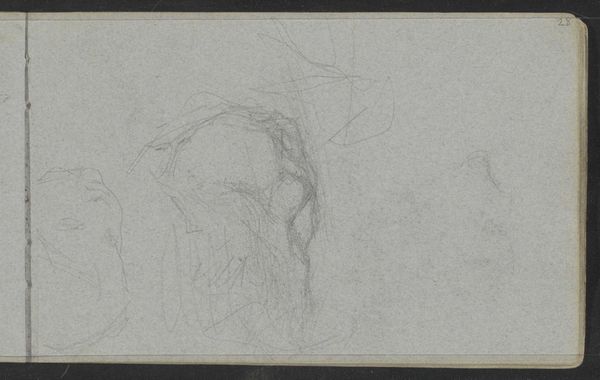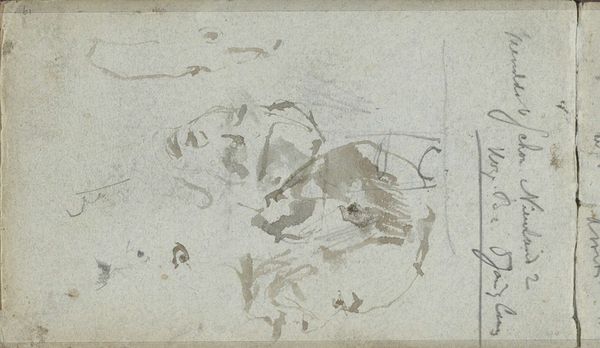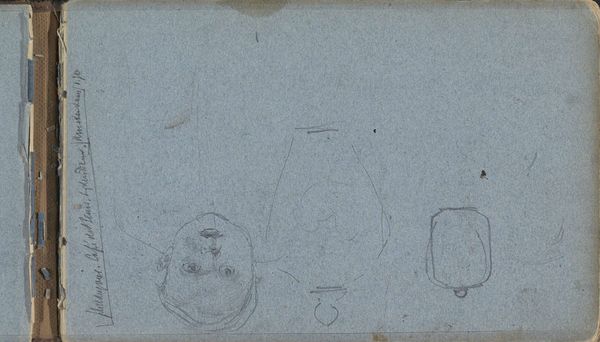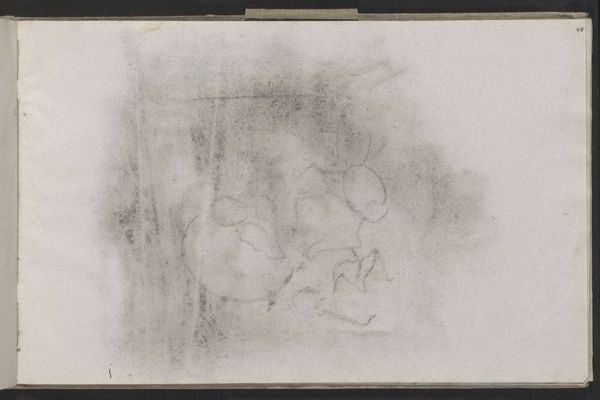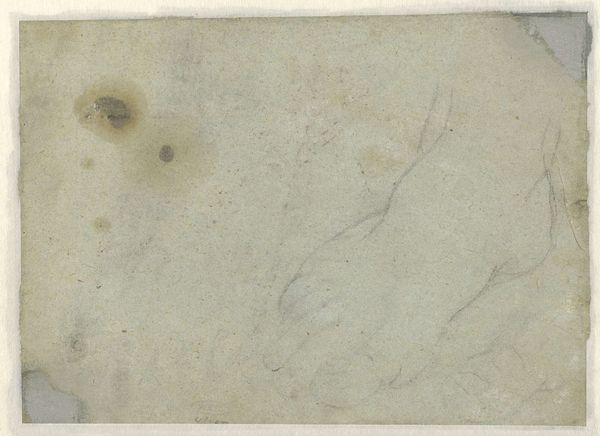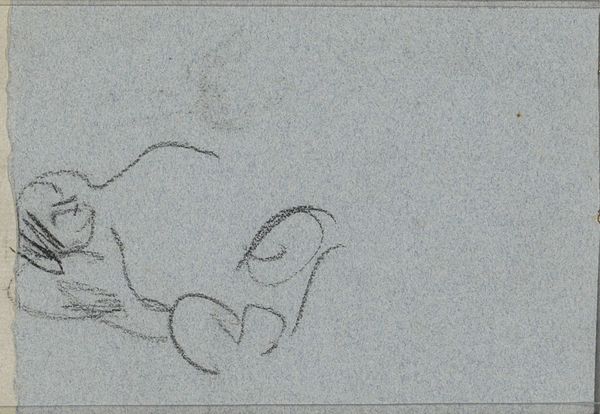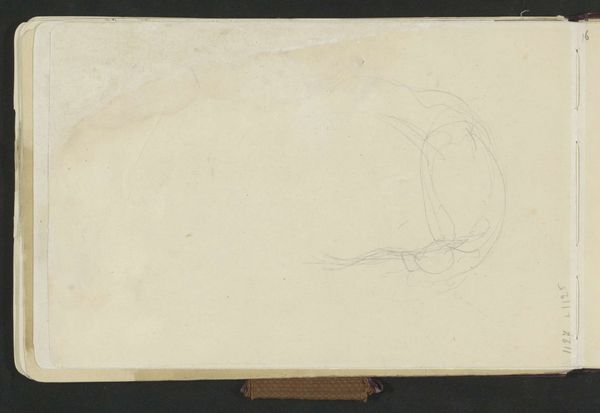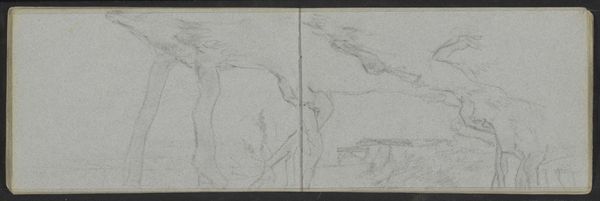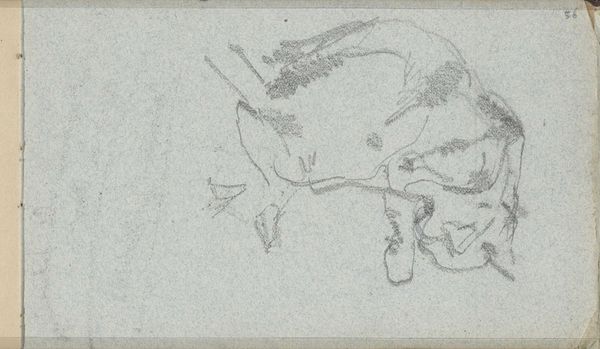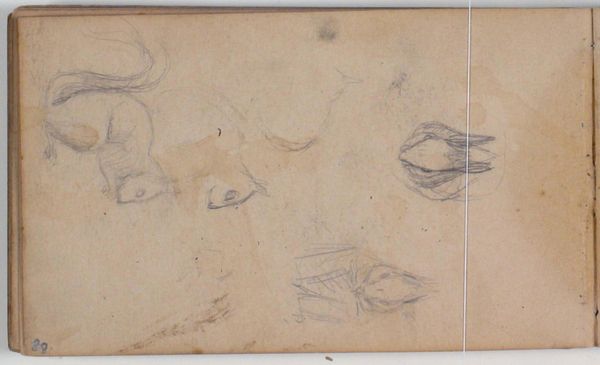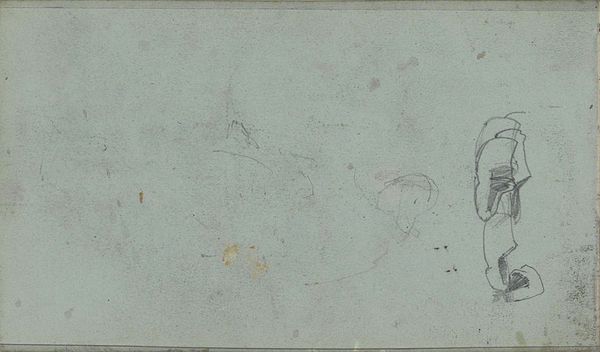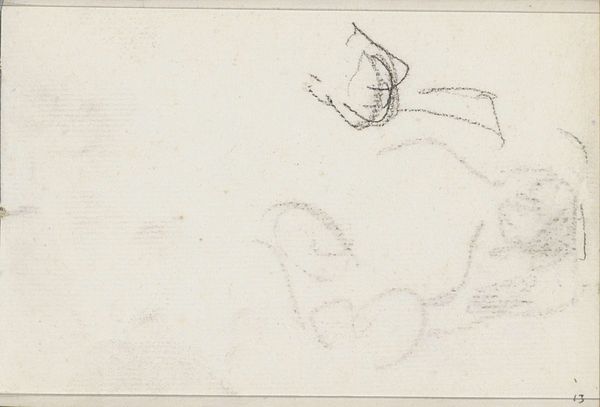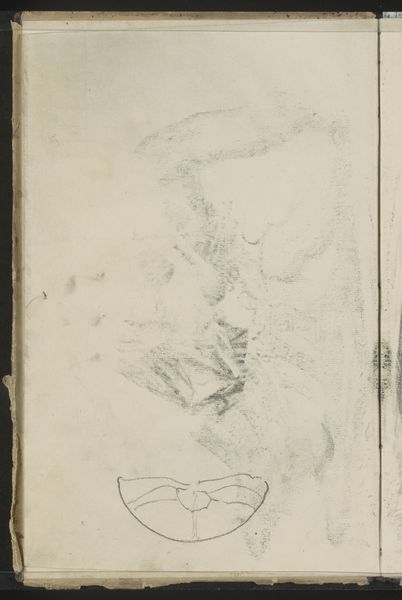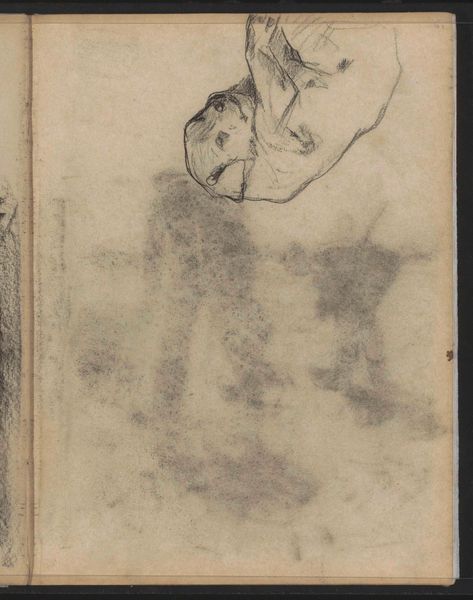
drawing, pencil
#
drawing
#
pencil sketch
#
child
#
pencil
#
realism
Copyright: Rijks Museum: Open Domain
Curator: Jozef Israëls’ pencil sketch, "Head of a Child and a Writing Child", from between 1834 and 1911, shows a rapid study in graphite. I find the lightness quite evocative. Editor: It feels raw, unfinished. You see every mark of the pencil; the textured paper comes through. It is this very physical interaction of graphite and paper that delivers this effect. Curator: Exactly! Consider what those early studies might have meant to Israëls, his process of ideation when building his visual language, his symbolic associations with children—often depicted by him at vulnerable stages. What do children come to represent within culture and psyche? Editor: We are reminded how simple these basic art materials are: paper sourced from cellulose, combined with graphite. Here, with its ease of use and accessibility, pencil becomes an agent of seeing for the artist; not merely recording but understanding through tactile rendering of forms. It seems such immediacy must have been a draw. Curator: Absolutely, it's fascinating how the pencil becomes a translator of the human condition, imbuing this sketch with tenderness, vulnerability—core elements for Israëls. How this choice of simple materials also speaks volumes about truth and humility. Editor: These raw studies almost give the lie to "high" versus "low" art materials. This humble sketch suggests complex processes, perhaps pointing toward how art historians reframe such debates now? Curator: Indeed, and Israëls, like many artists of the period, explored a type of modern social realism focused on capturing ordinary moments and experiences. In that vein, the figures within, captured as just lines on paper, acquire considerable emotive depth when understood in light of historical and cultural symbolism regarding children. Editor: In its material directness, there's a certain integrity and absence of pretension in it that challenges assumptions about value. The trace of labour is literally etched into the paper. Curator: So, while its initial impact may appear sparse or fragmentary, considering these layers of technique and interpretation opens further perspectives for contemplation, don't you think? Editor: Certainly. Examining process brings another valuable layer into the analysis; it becomes possible to reappraise historical assessments influenced by rigid formal categories and gain newer, richer perspectives, to the drawing itself, and Jozef Israëls.
Comments
No comments
Be the first to comment and join the conversation on the ultimate creative platform.
